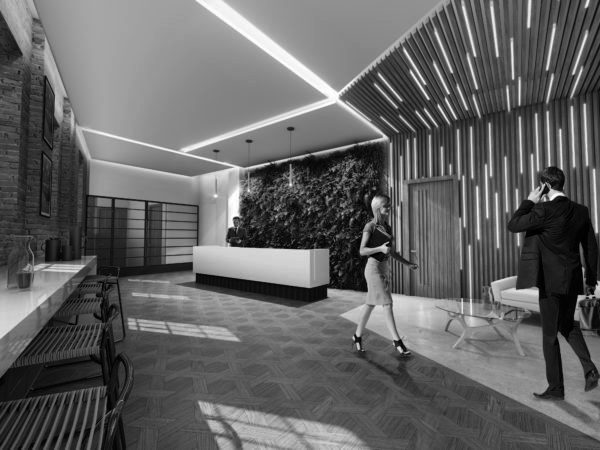People first: the healthy choice for logistics

Whilst logistics is seeing unprecedented growth in the UK as the country looks to the sector to keep society moving during lockdown, the jobs boom across all stages of the logistics supply chain has also seen a growing number of unfulfilled vacancies.
In particular, the shortage of digital talent that will drive the sector forward is proving a challenge and has required many logistics operators to not only think differently about how they operate their businesses, but also the places they want to occupy.
The logistics sector is now one of the UK’s most dynamic industries and that dynamism needs to be reflected in the spaces that operators work if we are to change how the sector is perceived by current and prospective employees.
People are every organisation’s greatest asset and buildings should be designed to inspire and support the wellbeing of the people who occupy them.
Through flexibility and clever design interventions, logistics buildings can provide employees with spaces where they feel safe, fulfilled and happy, motivated to do their job well, less likely to leave – and, by growing reputation, become aspirational places to work.
You can read more on this topic here:
https://www.stephengeorge.co.uk/blog/people-first-the-healthy-choice-for-logistics/
- X
- Share on LinkedIn
- Copy link Copied to clipboard
Read more from…
New distribution facilities complete at Newlink Business Park
Industrial units bring new employment opportunities for Milton Keynes
SGP completes new warehouse for Leicester eco-packaging specialists
Halifax Bus Station Shortlisted for 2025 Construction News Awards
Preparing for the Final Showcase: SGP Continues Work with Year 8 Students
Bletchley Train Maintenance Depot Enhancements Project Shortlisted for Prestigious Industry Award
No related items found.